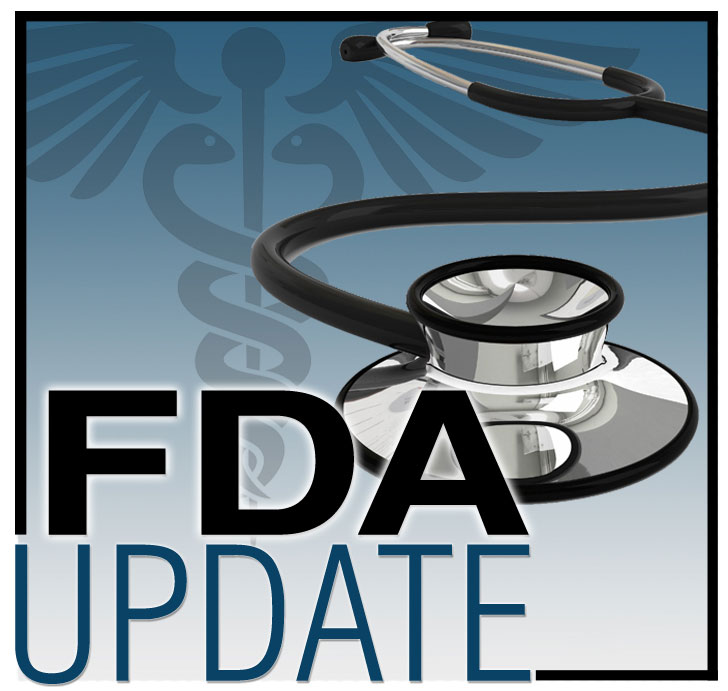On December 13, 2023, the U.S. Food and Drug Administration (FDA) approved eflornithine (Iwilfin™) to reduce the risk of relapse in adult and pediatric patients with high-risk neuroblastoma (HRNB) who demonstrated at least a partial response to prior multiagent, multimodality therapy, including anti-GD2 immunotherapy. This represents the first FDA approval of a therapy intended to reduce the risk of relapse in pediatric patients with HRNB.

Efficacy was evaluated in an externally controlled trial comparing outcomes from Study 3b (investigational arm) and Study ANBL0032 (clinical trial–derived external control arm).
Study 3b (NCT02395666) was a multicenter, open label, nonrandomized trial with two cohorts. In cohort stratum 1, 105 eligible patients with HRNB received eflornithine orally twice daily at a dosage based on body surface area (BSA) for up to two years or until they experienced disease progression or unacceptable toxicity. Study 3b was prospectively designed to compare outcomes to the historical benchmark event-free survival (EFS) rate from Study ANBL0032 reported in published literature.
The external control arm consisted of 1,241 patients on the experimental arm of Study ANBL0032, a multicenter, open-label, randomized trial of dinutuximab, granulocyte macrophage–colony-stimulating factor, interleukin-2, and cis-retinoic acid compared to cis-retinoic acid alone in pediatric patients with HRNB.
Patients who met the comparative analysis criteria with complete data for the specified clinical covariates were matched 1:3 using propensity scores; the primary analysis included 90 patients treated with eflornithine in Study 3b and 270 control patients from Study ANBL0032.
The major efficacy outcome measure was EFS, defined as disease progression, relapse, secondary cancer, or death from any cause, with overall survival (OS), defined as death from any cause, as an additional measure. In the protocol-specified primary analysis, the EFS HR was 0.48 (95% CI = 0.27, 0.85) and OS HR was 0.32 (95% CI = 0.15, 0.70). Researchers also performed supplementary analyses in subpopulations or using alternative statistical methods in which the EFS HR ranged from 0.43 (95% CI = 0.23, 0.79) to 0.59 (95% CI = 0.28, 1.27) and the OS HR ranged from 0.29 (95% CI = 0.11, 0.72) to 0.45 (95% CI = 0.21, 0.98).
The most common adverse reactions reported in at least 5% patients in Study 3b, including laboratory abnormalities, were otitis media, diarrhea, cough, sinusitis, pneumonia, upper respiratory tract infection, conjunctivitis, vomiting, pyrexia, allergic rhinitis, decreased neutrophils, increased ALT, increased AST, hearing loss, skin infection, and urinary tract infection.
The recommended dose is based on BSA. View eflornithine's full prescribing information for more details on dose and other considerations.
This review used the Real-Time Oncology Review pilot program, which streamlined data submission prior to the filing of the entire clinical application, and the Assessment Aid, a voluntary submission from the applicant to facilitate FDA’s assessment.
This application was granted priority review, breakthrough designation, and orphan drug designation. FDA expedited programs are described in the Guidance for Industry: Expedited Programs for Serious Conditions—Drugs and Biologics.
Healthcare professionals should report all serious adverse events suspected to be associated with the use of any medicine and device to FDA’s MedWatch Reporting System or by calling 800-FDA-1088.
For assistance with single-patient applications for investigational oncology products, healthcare professionals may contact the Office of Oncology Excellence’s Project Facilitate at 240-402-0004 or email OncProjectFacilitate@fda.hhs.gov.





